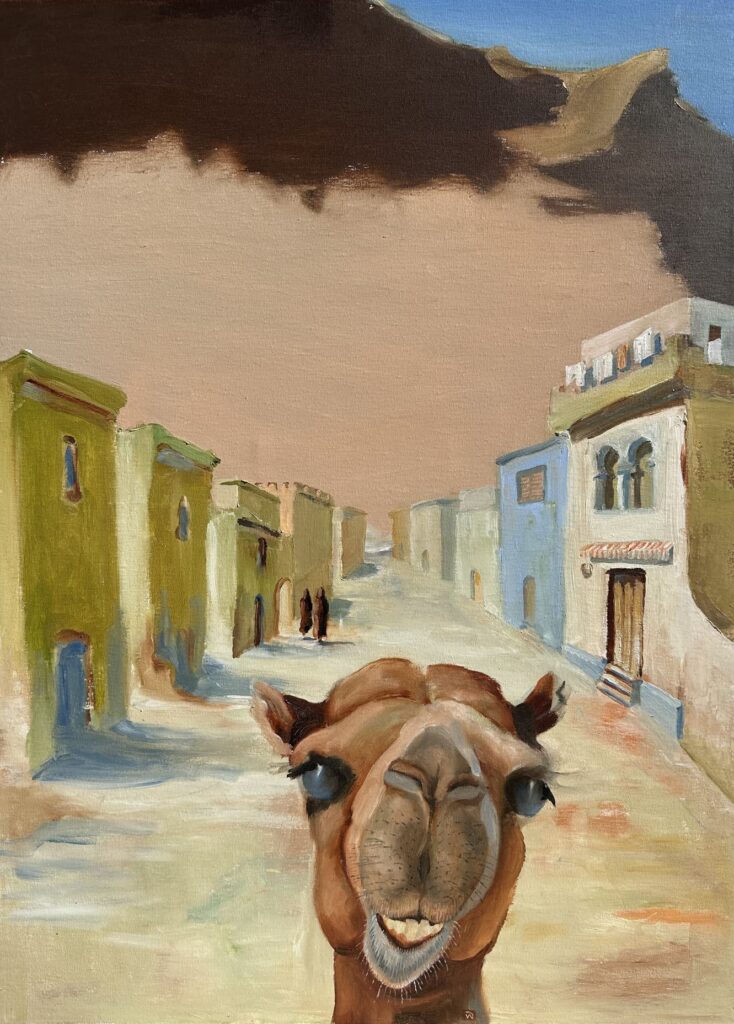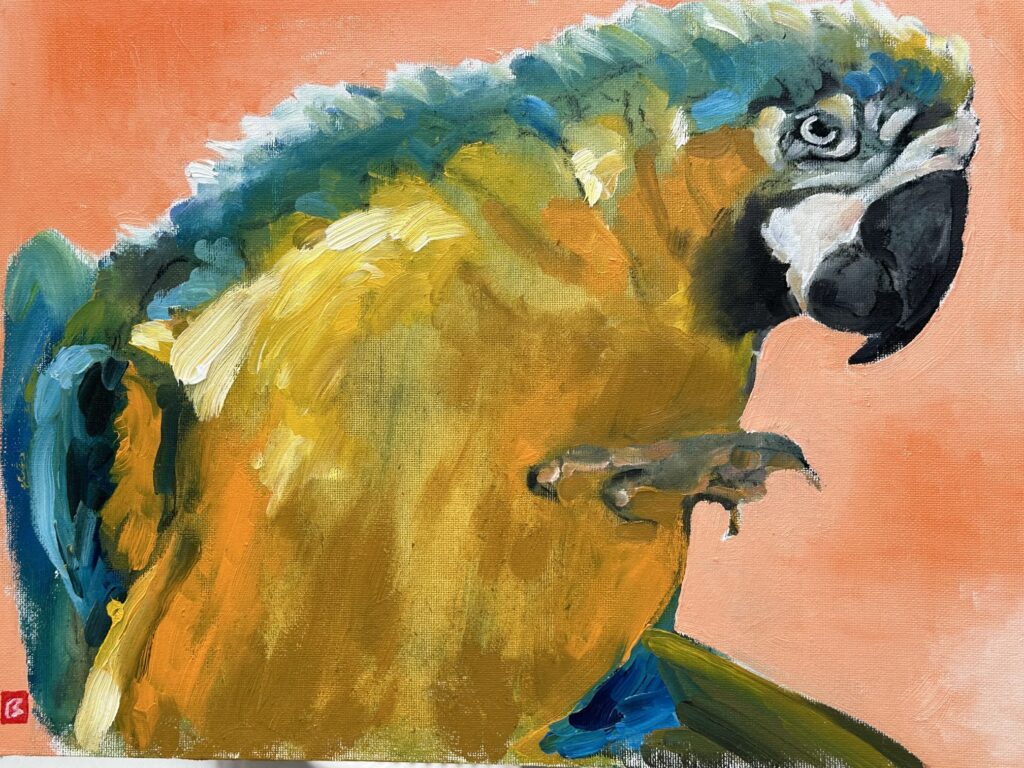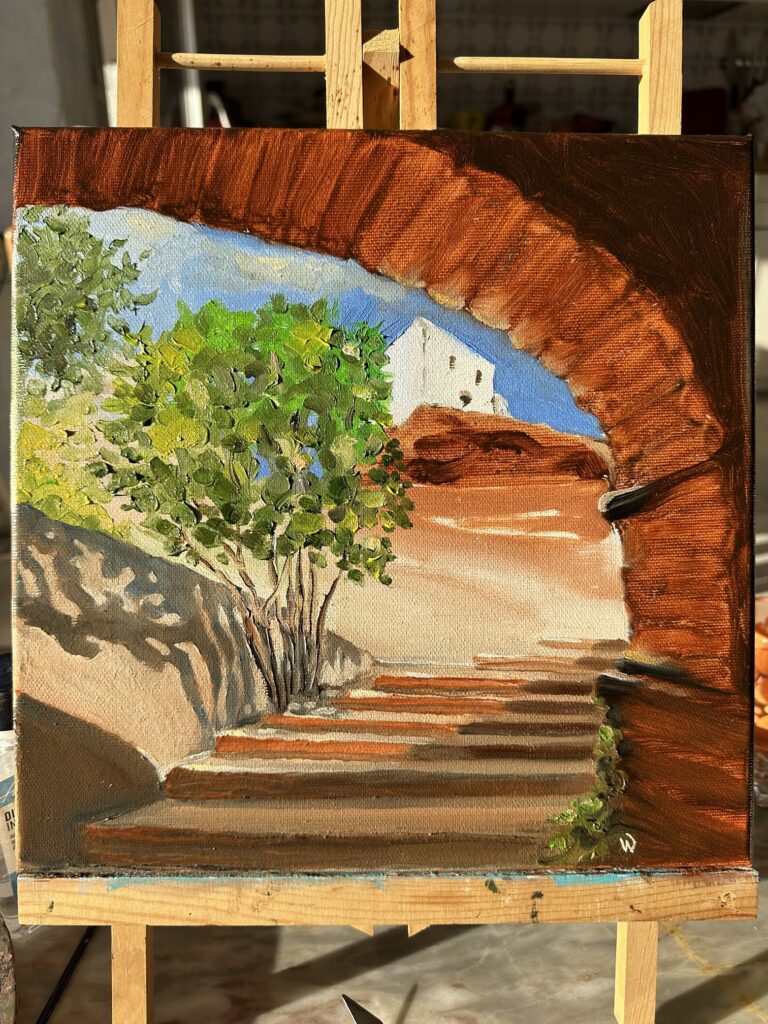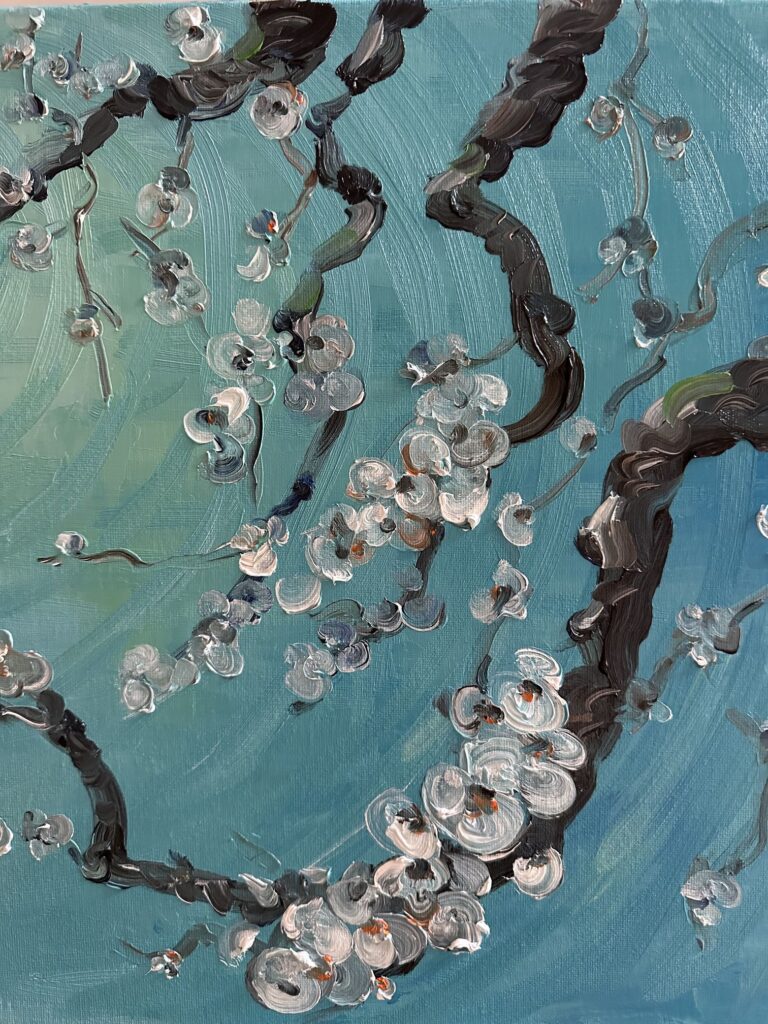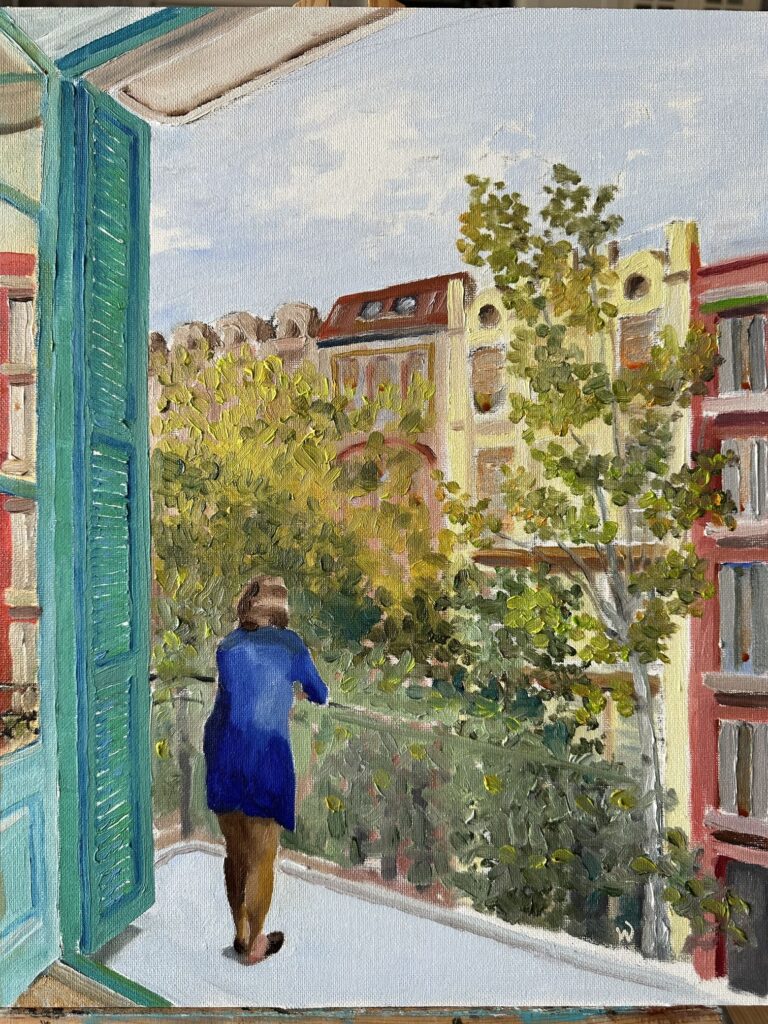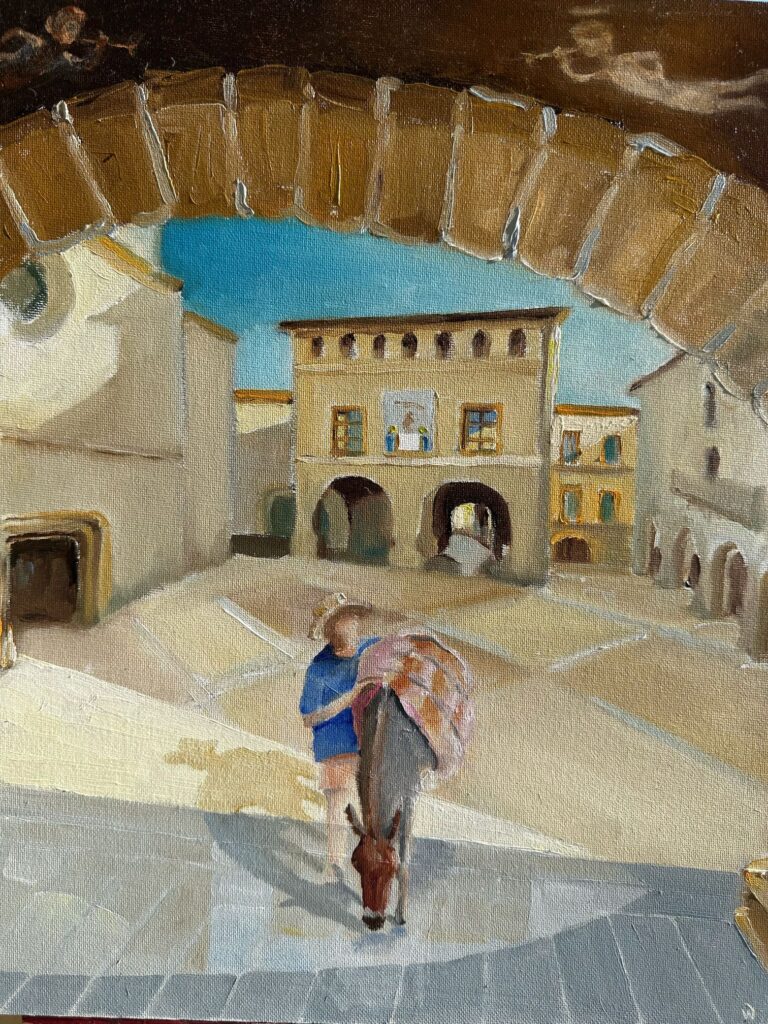
Igor Novikov
Igor Novikov


Igor Novikov
Instead of the author’s preface
I was advised to break up the works on the site into distinct sections, such as by genre. I believe that the division of works by visual means (painting, graphics, pencil, watercolor, etc.) and genre (portrait, landscape, and other) is highly contingent. The chronological order of works provides the most accurate location. It’s useful, but not captivating to many. I decided to divide the work into two sections that have the least conflict: portraits and non-portraits. It turned out that there was no mistake. Furthermore, this decision does not agree with those who saw their portraits in my performance. In their opinion, it is not portraits. But I have no other choice. If both sections use the same name, ‘Not Portraits’, then of course there will be no division into sections at all.
As a result, the site presents selected works in two sections: (1) “Portraits” and (2) “Not portraits”. In the second section are presented series of works: “Masters of the past”, “World of Miro”, “Inquisition”, “Symbols”, “Second life”, “Illusion of vision” and others.
The initiative to create the site belongs to my wife – Elena Novikova, without whom there would be not only the site, but also what is posted on it. Together with Elena content helped fill Sergei Olkhovsky (S. Petersburg), the role of administrator and designer of the site kindly accepted Ilya Figlin (Tel Aviv), for which my great gratitude.


new works
new works
new works
Your attention on the site is presented a personal catalog of the artist called “Igor Novikov. In search of image. Painting and graphics”, which was compiled and published by the publishing house “Tretyakov Gallery” in 2022 in Russian and English in Moscow.
Comments
Whenever you start drawing, you discover that everything has already been drawn by someone. And masterfully.
Rembrandt wrote ‘Portrait of a Brother’s Wife’ long before Annenkov wrote ‘Portrait of an Old Woman’.
In 1617, Robert Flad (a doctor, astrologer, mystic…
A painting called ‘The Great Experiment’ was completed by Ilya Glazunov in 1990.
One of its final locations is a replica of the famous foreign cartoon ‘How long will the honeymoon last?’
Alhaferia is a palace-fortress in Zaragoza, built by the Arabs in the 9th century; from the 15th century onwards, it has been the palace of the Catholic kings Isabella and Ferdinand. The Arab craftsmen made it with patterns and elixir, but they were unable to depict images of..
In 1917, Juan Miró wrote his letter through the torrent on his way from Mont-Rouge to the sea (top right).
In 2017, I was curious to see the same bridge after 100 years.
Sister Olga’s watercolor portrait has two portraits. On one side of the face, there are carefree young years and mature years. If you divide the mirror vertically and point it to different sides, you can observe this.
The Inquisition series includes works on the results of the “restoration” of the garments of the victims of the Inquisition in Spain based on the documentary work I studied by Juan Antonio Llorente, “Critical History of the Spanish Inquisition”, 1817. The work is very relevant for all times and people.
Writing portraits is a job that is often ungrateful. Relationships can be damaged by both the grotesque and the humor, as well as the accuracy and seriousness of the image, etc.
There is a lot of evidence.
Russian-Spanish artist Yanis offered me the opportunity to draw something together while simultaneously working on two works. Everyone on the cardboard pencil does what they want and performs the desired parts of the work separately: one is oil, the second is colored handles…
